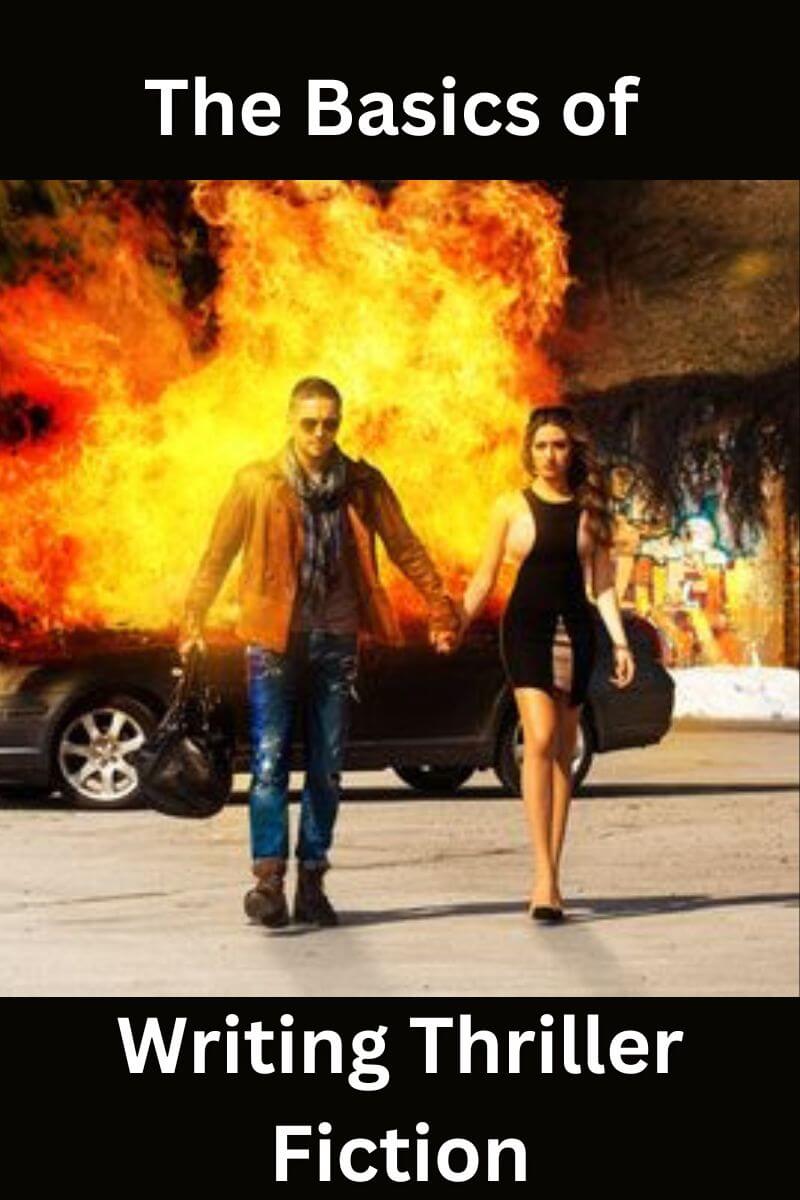Difference between Impact and Relationship Throughlines
by Megan
(Florida)
Question: Could you please give more information about the Impact and Relationship throughlines? There is a clear differentiation between the Overall and Main, but I'm having trouble seeing that with the Impact and Relationship. It's my understanding that the Impact and Relationship both deal with the impact character's influence on the main character's pursuit of the story goal. How do they differ in what they each attempt to accomplish throughout the story? Thanks in advance!
Answer: The Impact Character (IC) throughline is the story of how the impact character creates inner conflict for the main character by showing or arguing for a particular way of approaching problems that is the opposite to that of the main character (MC).
The Relationship throughline is the story of the relationship between the MC and IC.
For example, let's say the Relationship involves romance. It typically goes through a four-stage arc...
S1: Setup: An event that establishes their relationship (they meet) or shows how the relationship initially stands.
S2: The relationship deepens or becomes more complicated. Often this is where the relationship becomes romantic (if it didn't start out that way).
S3: Black moment: something happens that causes the relationship to rupture. They are separated.
S4: Resolution: the couple miraculously get back together and declare their undying love.
On the other hand, with relationships that don't work out, S3 is often a "white moment" in which the relationship reaches it's peak intimacy and connection, and S4 is the point where the two are separated forever.
Often what makes the Relationship special is that the MC and IC share a particular understanding or perspective on the story world that unites them. For instance, in Star Wars Ep IV Luke Skywalker and Obi wan Kenobi share a perspective on the Force that no other characters do. Katniss and Peeta share a perspective on The Hunger Games that no one else does. Harry Potter and Voldemort share certain talents because Harry's body contains part of Voldemort's soul.
In a romance, you might have your MC and IC share a thirst for adventure (or stability), or an offbeat sense of humour, or a sense of morality or values. Maybe they're the only two people who see what's really going on in the community. (For instance, in It's a Wonderful Life, George Bailey and Old Man Potter are the only two people who see the big picture and keep their heads during the economic crisis. Consequently, they save the town.)
However, while they share a perspective, the MC and IC will also have
The IC throughline is the series of events in which the main character sees the impact character's approach. (George sees Potter's selfish efforts to shut down George's family business, the Building & Loan, at various points in the story.)
The MC throughline then shows how the MC must evaluate his/her approach in light of the challenge created by the IC. The MC has to decide whether to stick with his approach, or take a chance on the IC's approach. (For instance, George is a selfless person who constantly battles his own temptation to make selfish choices. George's personal crisis is the moment when he chooses to reject Potter's offer of a higher-paying job, knowing that if he accepted Potter would then force the Building & Loan to close, harming the community's prosperity).
Incidentally, in It's a Wonderful Life the relationship story concerns how George breaks free of his dependency on Potter. George starts out as a little boy with no influence while Potter is the richest and man in town. The Building & Loan depends on Potter's good will. By the end, George is declared "the richest man in town" who everyone rallies around, and the B&L no longer needs Potter's support. The arc goes something like...
S1: They meet when George defends his father from Potter at a meeting at the Building & Loan. Potter gets George kicked out because his influence is huge (the B&L needs his money).
S2: Their rivalry grows. George's actions in the economic crisis and afterwards reduce some of Potter's power by helping the rest of the townsfolk become more prosperous and less dependent on Potter.
S3: White moment. Potter recognizes that George's talent and actions may one day destroy his empire, so he offers to make George his partner. They shake on the deal. (But then George reneges.)
S4: In a crisis (because Potter steals the B&L's money), George asks Potter for a loan, but Potter refuses and gloats over the fact that he now holds George's life in his hands. Potter calls the police to have George arrested and plants the idea of suicide in George's head. Their enmity is beyond reconciliation. (However, it turns out George no longer needs Potter or the money, having now earned the support of everyone else in the story world.)
Hope that helps clarify things.
Comments for Difference between Impact and Relationship Throughlines
|
||
|
||
- Home
- Writing Questions
- Difference between Impact and Relationship Throughlines











